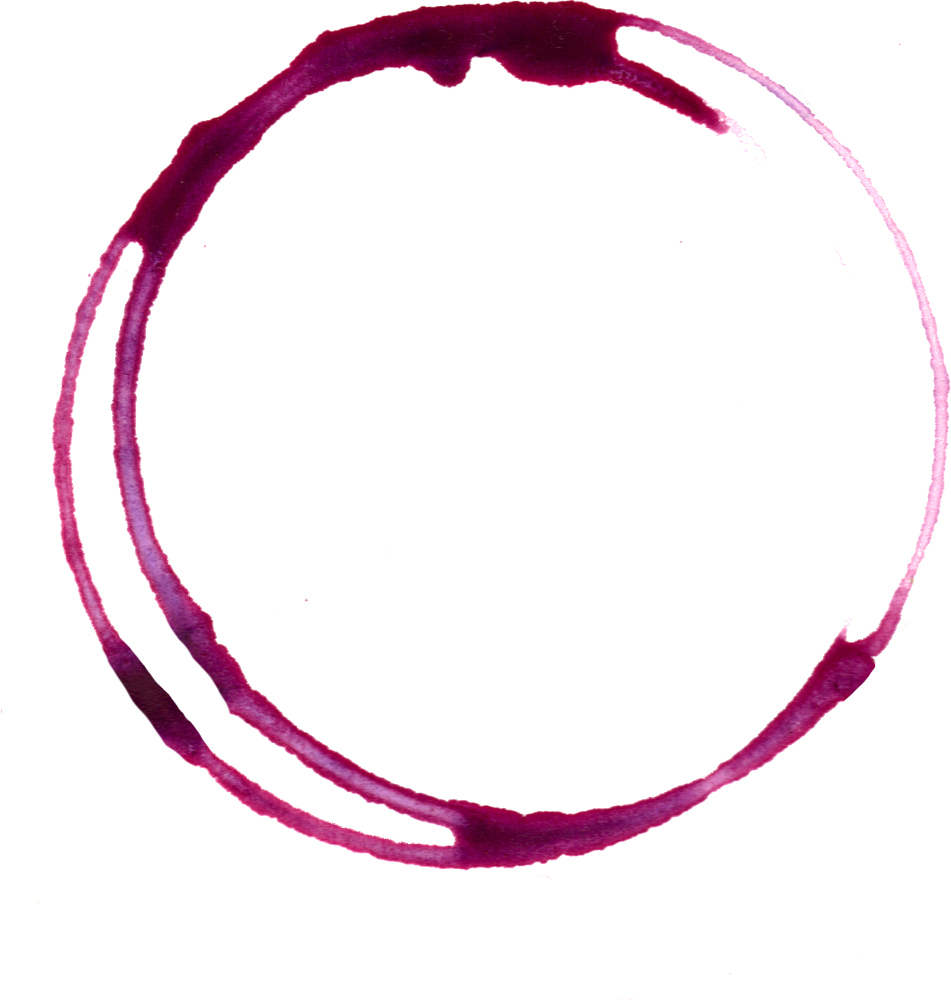Do you have cats? Have you ever smelled raw clay kitty litter? How about putting your face right down into a somewhat used litter box filled with clay kitty litter? Do it. Then take a big, deep whiff and register what you smell.
Chances are, you smell clay, dust, cat pee, and possibly something more. Chances are, you also smell the nose elements of a fine Chardonnay from Burgundy. Clay, limestone, manure and the acidity and essence of cat urine can all be odor characteristics of fine French wine.
Our taste buds are really quite stupid and only able to taste simple things, like sweet, sour, savory, salt, and bitterness. Our sense of smell is where it’s at. When we are tasting things, we are actually mostly smelling them. Experts believe that smell makes up to 90 percent of the sense of taste (and experts are 100% right, 75% of the time). How they come up with that number can be a tad confusing, but every child has learned that smell matters by taking icky cough medicine as a child and having your mom tell you to hold your nose so it wouldn’t taste so bad. If you held your nose, you only tasted 10% of the stuff that made you want to puke 100% of the time. Yay Science!
Recent studies have determined that the human nose can register over one trillion different odors.
The downside of that is we can’t process that many in our brains. More science tells us that we can only remember between 100 and about 10,000 different smells, depending on age and experience, and there isn’t one generic set of laws governing what something smells like. If you smell something, you’re creating subjective impulses and associating them with whatever it is you are smelling. It’s complicated, but it’s context.
Our minds are tricky when trying to decipher smells. Context is everything. It’s really easy to grab a handful of chocolate chips, shove them up your nose and smell cocoa. That doesn’t take much skill. You saw the chocolate and knew what to expect. It takes something much more to look at a glass of purple liquid, swirl it around, take a big whiff and get your brain to forget the context and smell cocoa. Well actually, it just takes less preconception.
To be a good smeller of wine (is that a word?), you have to be able to see a glass of straw colored or purple liquid, shove your nose in it and forget it’s wine. You know it’s grape juice, but you need to see more than just that juice. You need to conjure memories from your past, like berries, apples, pears, apricots, wood, vanilla pudding, liquid smoke, barbecue, grass, an old baseball glove, and the fragrances of your childhood trips to the farm. And, you need to get a few of them at once. You need to be able to look at a glass, take in the essence and actually smell that old catchers mitt sitting in the mud with a pile of cherries in it. Winemakers have their grapes, the land, the elements, a few tools, and their experience with which to build their perfect wine. You have only your senses as tools to learn, judge, and enjoy the wines, and the nose is the most important.
Of course, there are basics to learn.
It’s not all out in the pasture for blind discovery. Fruit, wood, and dirt are the basic odor categories of all wine. White wines will usually have elements of citrus. You’ll get black and red berries from most red wines. Winemakers search the world over for the right oak to use in their barrels and fret over the level at which they were toasted so they can impart the right sweet smoke, butter, and vanilla qualities onto their wines. Learn the qualities and habits of the winemakers. Learn that some Americans like to use French oak. The Spanish use American oak. The French, they use it all, and sometimes none of it…and so forth. Every culture is different.
Want to take it to the next step?
Get yourself an Essence kit; a selection of essential oils infused with different aromas. There are lots of them out there. Open a bottle of wine and start comparing smells. Smell real honey, lemon, and vanilla, then shove your nose into a glass of chardonnay and be amazed. Practice. Start collecting jars of smells, like coffee beans, juniper berries, anise seeds, and crushed black cherries. Invite friends and use smelling as an excuse to have a party and drink wine.
Remove the context from your brain, learn to grab the smells from your memory rather than your eyes, and you might just be able to get the limestone, dust, dirt, lemon, honey, and acidity found in your average white Burgundy Grand Crú. Or, as an aspiring wine snob might say, “I’m getting a hint of a litter box that is in need of changing!”
